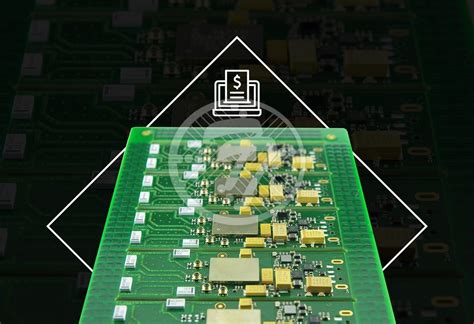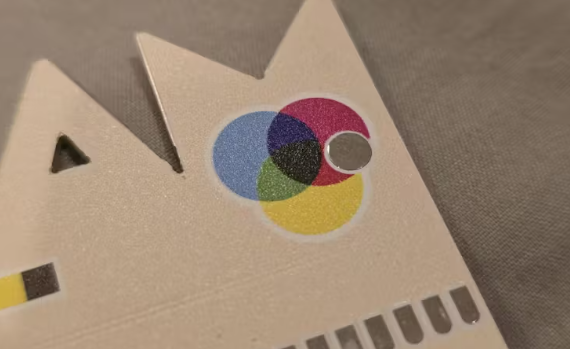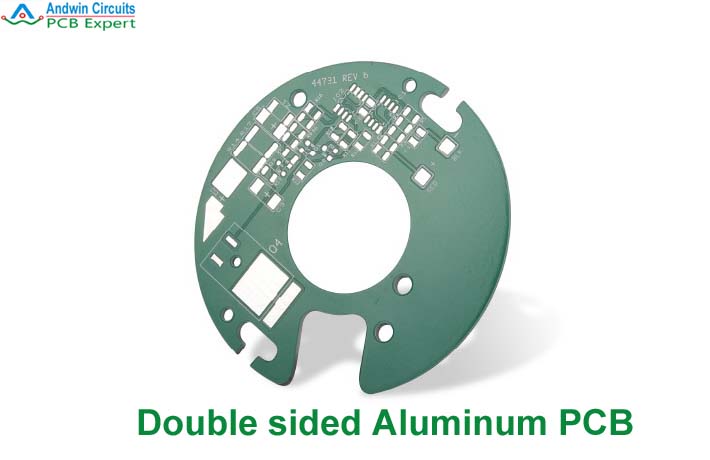Innovative Techniques in Circuit Card Manufacturing Today
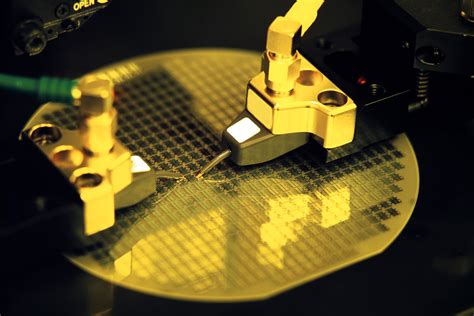
Key Takeaways
As you explore the landscape of pcb manufacturing, it’s essential to understand how various factors contribute to the efficiency and quality of the production process. Today, advancements in innovative materials and advanced technologies play a crucial role in optimizing workflow and reducing costs for businesses in this sector. For instance, by reevaluating the pcb manufacturing cost, many pcb manufacturing companies are integrating automation tools and smart technologies that streamline their operations.
The demand for high-quality circuit cards has led to a surge in R&D investments focusing on sustainable practices. Each company’s unique approach to developing its pcb manufacturing business is influenced by these cutting-edge innovations. An effective strategy often includes utilizing materials that not only enhance functionality but are environmentally friendly as well.
Additionally, this new era has seen a shift towards digital solutions for capturing production data, leading to improved quality control measures. In navigating this evolving industry, it is vital to remain informed about future trends that could shape your decisions on materials and technology selection.
"Embracing innovation in your manufacturing processes can ultimately lead to a more competitive edge in the electronics industry."
The table below summarizes the key innovations currently impacting pcb manufacturing:
| Innovation | Description | Impact on Manufacturing |
|---|---|---|
| Smart Automation | Use of AI and robotics | Increases efficiency and reduces cost |
| Advanced Materials | High-performance, eco-friendly options | Enhances product longevity |
| Quality Analytics | Real-time data monitoring systems | Improves quality control |
Staying ahead in the circuit card production arena involves not just understanding these trends but strategically implementing them within your operations. Check out Andwin PCB for more insights into innovative solutions tailored for professionals in this space.

Introduction to Circuit Card Manufacturing: A Modern Perspective
In today’s rapidly evolving technological landscape, pcb manufacturing has emerged as a pivotal element in the production of electronic devices. You may find it fascinating to see how pcb manufacturing companies continuously push the envelope by adopting innovative techniques that enhance performance and reduce costs. The intricate process of creating printed circuit boards demands not only precision but also a deep understanding of materials and technologies that are transforming the industry. As you delve deeper into this realm, you’ll discover how various factors influence pcb manufacturing cost, from high-quality raw materials to sophisticated equipment that drives efficiency. Notably, companies are also focused on optimizing their pcb manufacturing business models, leveraging advancements in automation and data analytics to streamline operations and improve reliability. This dynamic environment sets the stage for a promising future in circuit card production, making it essential for stakeholders to stay informed about these groundbreaking developments.
The Evolution of Circuit Card Manufacturing Techniques
The landscape of pcb manufacturing has undergone a remarkable transformation over the years, driven by technological advancements and the increasing demands of the electronics market. In the past, circuit cards were predominantly produced using traditional methods that often resulted in higher pcb manufacturing costs and limited flexibility. However, you now can see that modern pcb manufacturing companies leverage innovative techniques, such as laser etching and digital printing, which not only enhance precision but also expedite the production process. These advancements allow for greater customization of circuit designs while reducing waste materials, greatly impacting the overall efficiency of your pcb manufacturing business. As manufacturers continue to adopt automation and artificial intelligence in their processes, you can expect higher consistency and quality in the final products. This ongoing evolution is not merely a trend but a crucial shift that redefines what is possible in electronic assembly today.
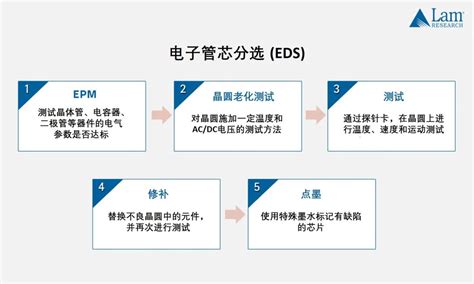
Innovative Materials Revolutionizing Circuit Card Production
In the realm of pcb manufacturing, innovative materials play a critical role in enhancing the overall effectiveness and reliability of circuit card production. Today, the focus has shifted towards materials that not only improve performance but also reduce the pcb manufacturing cost. For instance, the use of high-frequency laminates in pcb manufacturing companies allows for faster signal transmission and decreased signal loss, which is essential for modern electronic devices. Furthermore, advancements in substrate materials like polyimide contribute to improved thermal stability and flexibility, catering to demanding applications that require durability and reliability.
These revolutionary materials have enabled pcb manufacturing businesses to adopt more intricate designs without compromising functionality. As a result, you can expect circuit boards that are lighter, thinner, and capable of handling greater levels of complexity—all while ensuring compliance with stringent industry standards. By embracing these innovative materials, manufacturers can significantly enhance their production processes. In turn, this leads to higher quality products that meet the needs of an evolving market at competitive prices. As you consider your options in the pcb manufacturing landscape, be assured that these cutting-edge materials represent a significant leap forward in technology and efficiency.
Advanced Technologies Enhancing Efficiency in Manufacturing
The landscape of pcb manufacturing is rapidly evolving, driven by the introduction of advanced technologies that significantly enhance efficiency and reduce costs. Automated processes, such as robotic assembly and smart manufacturing techniques, are transforming how pcb manufacturing companies operate. These innovations allow for greater precision in the assembly process, minimizing errors that can lead to added costs. Additionally, utilizing real-time data analytics enables your teams to monitor production metrics continuously, thus identifying bottlenecks and inefficiencies swiftly. For those involved in the pcb manufacturing business, understanding these technological advancements is crucial; they not only streamline production but also lead to improved product quality. Furthermore, the integration of Artificial Intelligence (AI) and Machine Learning in designs can optimize workflows, ultimately affecting the overall pcb manufacturing cost by reducing waste and enhancing throughput. As you delve into this field, leveraging these technologies will key in positioning your operations on a path to innovative success while meeting the growing demands of electronic assembly efficiently.

Quality Control Measures in Today’s Circuit Card Manufacturing
In the fast-evolving landscape of pcb manufacturing, ensuring quality control has become paramount. You may find that pcb manufacturing companies are increasingly adopting rigorous quality control measures to guarantee that each production batch meets the highest standards. This process typically involves a combination of automated inspections and manual checks at various stages of production. By utilizing technologies such as automated optical inspection (AOI) and X-ray imaging, companies can significantly reduce human error and ensure that every circuit board is free from defects. Additionally, monitoring the pcb manufacturing cost is essential, as stringent quality control measures can directly impact overall expenses. Implementing these techniques not only enhances product reliability but also strengthens the reputation of your pcb manufacturing business in an industry where consumer trust is crucial. Ultimately, effective quality control in circuit card manufacturing not only drives efficiency but also fosters innovation, positioning your products for success in a competitive market.

Future Trends Shaping the Landscape of Electronic Assembly
The world of pcb manufacturing is currently witnessing an exciting transformation driven by innovation and advanced technologies. As you delve into the realm of pcb manufacturing companies, you will notice a growing emphasis on automation and artificial intelligence, which are being integrated seamlessly into production lines to enhance precision and reduce errors. This shift not only optimizes the pcb manufacturing cost but also enables faster production cycles, allowing companies to meet increasing consumer demands effectively. Furthermore, innovative materials such as flexible circuits and high-density interconnects are gaining traction, making it possible to create more compact and efficient electronic components. This evolution is paving the way for a more sustainable pcb manufacturing business model, with an increased focus on eco-friendly practices that not only benefit the environment but also appeal to environmentally conscious consumers. As you look towards the future of electronic assembly, these trends indicate a significant paradigm shift that will redefine productivity and quality standards in the industry.

Sustainability Practices in Circuit Card Manufacturing
As the demand for sustainable solutions increases, pcb manufacturing practices are evolving to integrate environmentally friendly approaches. You might find that pcb manufacturing companies are adopting processes focused on reducing waste, minimizing energy consumption, and using recyclable materials. This shift not only addresses environmental concerns but also helps in managing pcb manufacturing costs, as efficient use of resources can lead to reduced expenditures. Furthermore, many businesses in the pcb manufacturing business sector are investing in innovative technologies, such as water-based solder masks and biodegradable substrates, which significantly lower their ecological footprint. By embracing these sustainability practices, you can foster a positive impact on both the planet and your bottom line, ensuring that your operations align with global standards for environmental responsibility. As you navigate this landscape, keeping abreast of these trends will empower you to make informed decisions that benefit both your business and the environment.
Case Studies: Successful Innovations in the Industry
The landscape of pcb manufacturing has seen remarkable advancements, with numerous companies leading the way in integrating innovative techniques. One successful case study involves a pcb manufacturing company that adopted laser direct imaging technology, vastly improving precision while significantly reducing setup times. This transformation not only lowered the overall pcb manufacturing cost, but also enhanced production speed, allowing for rapid prototyping and increased flexibility in responding to volatile market demands. Another impressive example can be found in a pcb manufacturing business that utilized advanced materials such as high-frequency laminates to produce circuit boards that perform exceptionally well at elevated temperatures. This innovation has attracted diverse clients looking for specialized solutions, showcasing how companies can pivot by adopting new technologies and materials. By analyzing these successful implementations, you’ll understand how strategic innovations not only drive efficiency but also position pcb manufacturing companies as leaders within a competitive marketplace, paving the way for future advancements in electronic assembly and design.
Conclusion
In summary, the landscape of circuit card manufacturing is undergoing significant transformation, driven by innovations in materials and technologies. As you consider engaging with pcb manufacturing, whether for personal or professional projects, it’s essential to recognize the impact of these advancements on your decisions. When evaluating different pcb manufacturing companies, pay attention to their commitment to adopting cutting-edge techniques that enhance both efficiency and quality. Additionally, understanding pcb manufacturing cost factors can help you navigate your budget effectively and optimize your investment in electronic assembly. As the industry evolves, being informed about the nuances of the pcb manufacturing business will enable you to stay competitive and deliver exceptional products that meet the growing demands of various sectors. Embracing these innovative trends not only positions you for success but also contributes to a more sustainable future in electronic production.
FAQs
What is PCB manufacturing?
PCB manufacturing refers to the process of producing printed circuit boards (PCBs), which are essential components in electronic devices. The manufacturing involves various steps, from designing the circuit layout to the final assembly of the boards.
How do I determine PCB manufacturing costs?
Determining pcb manufacturing cost involves several factors, including material selection, production volume, complexity of the design, and labor involved. By evaluating these elements, you can gain insights into potential expenses associated with your specific project.
What should I consider when choosing PCB manufacturing companies?
When selecting pcb manufacturing companies, consider their experience in the industry, production capabilities, quality control standards, and customer reviews. Moreover, assess their ability to meet your specific requirements regarding timelines and design specifications.
Can I run a PCB manufacturing business at home?
Starting a pcb manufacturing business at home is possible if you have the right equipment and space. However, keep in mind that for larger-scale operations, more industrial-grade machinery and adherence to safety standards will be needed for successful production.
What innovative techniques are currently used in PCB manufacturing?
Innovative techniques in pcb manufacturing, such as additive printing or advanced automated assembly processes, are significantly improving efficiency and accuracy. These methods can reduce waste and enhance production speed while ensuring high-quality outcomes.



